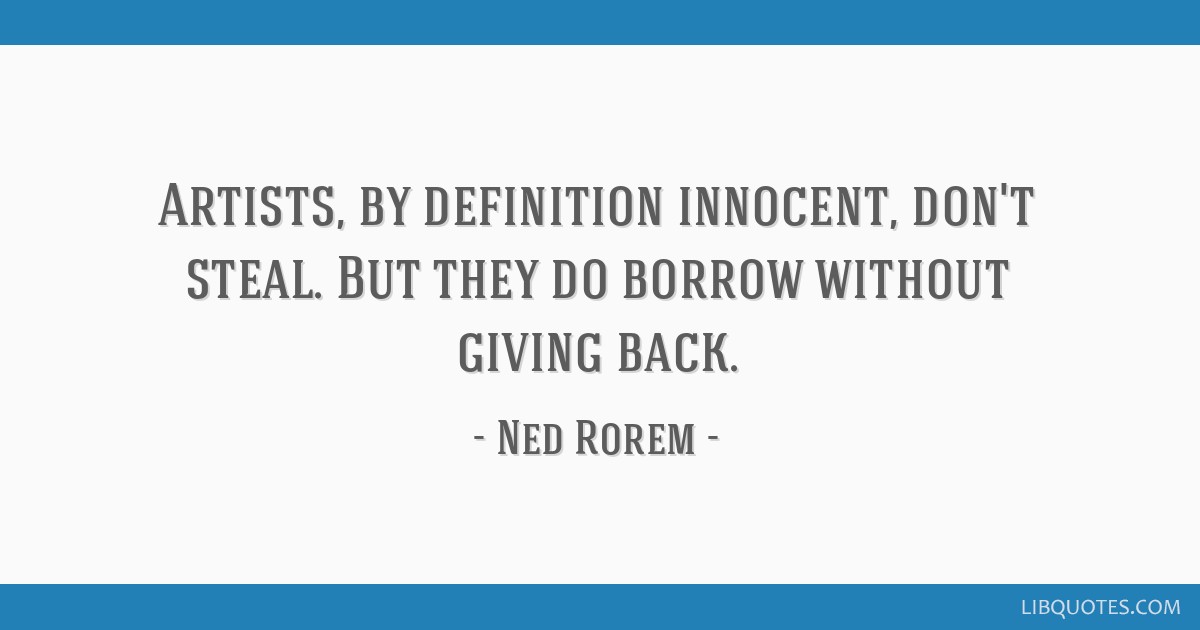
Financial dashboards are critical for assessing performance and making educated decisions, closing more sales, and reducing customer acquisition costs. It offers side-by-side comparisons of accounts payable versus receivable (by time period and payment target), as well as more granular insights on financial health. This dashboard provides a comprehensive overview of paid and unpaid invoices issued by vendors. It can help you prioritize vendor payments, manage unpaid bills, and stay on top of your cash flow. In the Power BI data view, define relationships between tables to create your financial data models. Accurately establishing these connections facilitates effective data visualization and analysis.
Let us know what you are trying to build and our team of experts will help you turn your data into actionable insights. For example, we can see that the top 6 customers combined generated over 50% of all revenue this year – 105,1k out of 206,4k. Depending on the business context, you can assess the additional needs these top customers might have and come up with some upsell ideas for them. Like the previous example, this free dashboard is built for QuickBooks in Looker Studio, and takes only a few minutes to set up.
Essential Insights – 2024 AI In Finance Survey
If you’re ready to see through to the heart of your business operations and functions in insight-packed detail, it’s time to switch to Accounting Seed. Request a demo to learn how you can transform your business, free up valuable time, and increase your profitability. Whether you are looking for client reporting dashboards, agency dashboards, marketing dashboards, or sales dashboards, Databox can help you build them. Likewise, you can also check which customers bring revenue below the average mark.
Monitoring the cash conversion cycle is key for the Treasury and Finance teams. The key to building an effective financial dashboard is gathering data from various sources, organizing it into meaningful visualizations, and monitoring KPIs in real-time. With the right tools and resources, finance teams can quickly create powerful financial dashboards to make better decisions and drive the success of their company. A dashboard in finance is a visual representation of key financial metrics that provides insights into the performance of an organization. Finance dashboards typically include elements such as revenue, expenses, earnings, debt, cash flow, and other key performance indicators. These dashboards can be used to track the business’s financial health in real-time and make informed decisions that will help maximize profits and minimize losses.
It includes an overview of the company’s revenues, expenses, gross profit, net income, and KPIs related to each. This dashboard accountant ceo salary allows finance teams to easily identify potential problems in their spending patterns and make necessary adjustments accordingly. Power BI financial dashboards are powerful data visualization tools that enable businesses to gain valuable insights into their financial performance. They provide a visual representation of key financial metrics, allowing users to monitor trends, analyze data, and make informed decisions. A modern financial dashboard typically contains graphs, charts, tables, and other visualizations that provide an overview of the company’s financial health.
Enjoy cost and time savings with automation
By leveraging the DAX (Data Analysis Expressions) language, you can create advanced formulas to analyze financial data more effectively. The HR Finance Dashboard is executive insights dashboard designed to analyze the financial aspects of human resources management in an organization. Now that we’ve covered the key estimated useful life and depreciation of assets components of the Power BI financial dashboard, we’ll move on to building a Power BI dashboard in the next section.
Cash flow metrics

You can use the filter panel in the top left corner to view your numbers based on different criteria like region, channel, customer segment, or product category. The Executive Dashboard provides an overview of the company’s overall performance. It includes detailed information about current and past performance and projections for the future.
Including performance indicators like customer satisfaction and employee engagement is also beneficial. the 5 best accounting software of 2021 Other metrics that are useful for financial dashboards include gross profit margin, working capital ratio, inventory turnover ratio (ITR), and debt-to-equity ratio (D/E). It includes an overview of the company’s total monthly income and expenses and a breakdown of individual payments and receipts. It usually includes a summary of cash inflows, cash outflows, and cash balance across different accounts. This dashboard lets finance teams quickly identify potential issues with a business’s cash flow and make necessary adjustments accordingly.
- It would be useful to analyze the reasons behind that and think of some strategies to improve these results.
- With these tools, you can easily create custom reports and charts that help you make informed decisions about how best to manage your money.
- This up-to-the-minute tracking makes it easier to respond to changes in the business environment and take advantage of emerging opportunities.
- A financial dashboard can be much more than a simple visualization of your financial data.
The more data you put into the system for past and projected expenses and earnings, the more accurate the model is. Revenue forecast dashboards like this can also help you dial in your cash flow management. Following up on unpaid invoices is a common best practice for improving cash flows. This is the best financial dashboard example to track overdue receivables and surface customers who need more attention from your team. The right dashboards give your team the power to spot trends, opportunities, and growing problems, and effortlessly visualize large datasets.
Numerous data visualization formats, including cards, tables, maps, and charts, are available in Power BI. Axes, colors, and labels are just a few of the variables you can change to personalize the images. For example, executives may need a high-level overview, while accountants might require detailed financial data.

